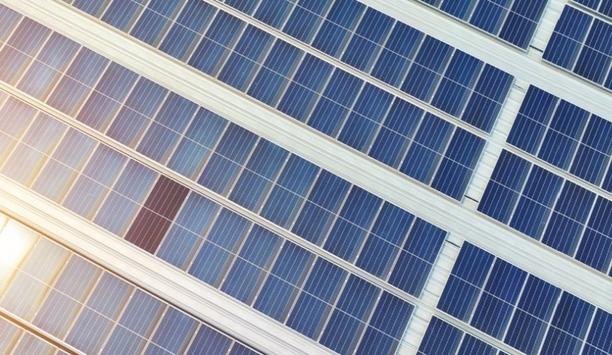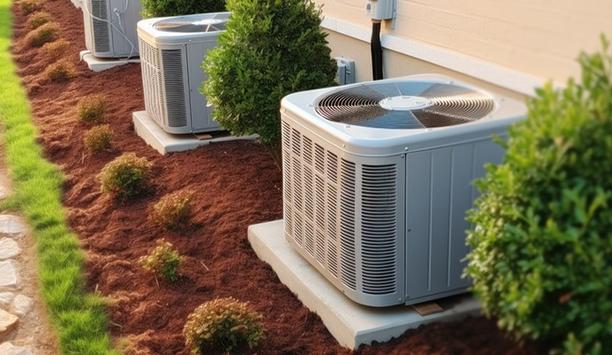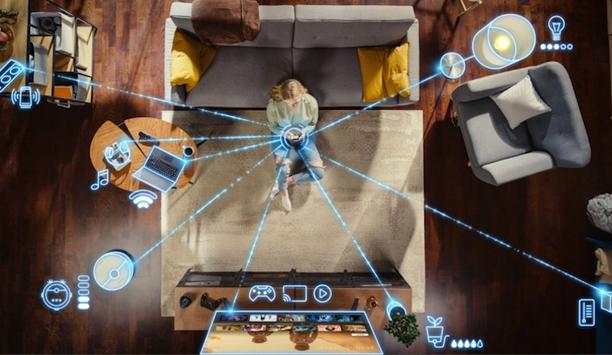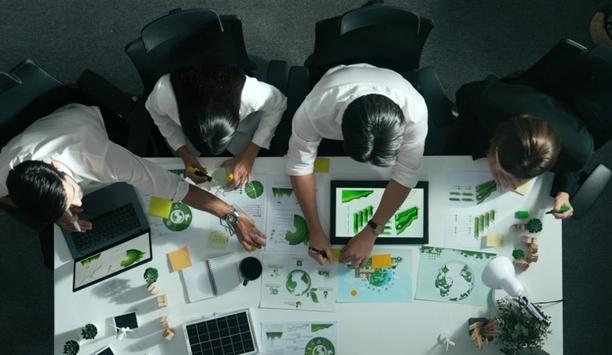‘Net zero’ is an unavoidable reality in the continuing fight against climate change. For example, both the United Kingdom and the European Union have set targets of having net-zero greenhouse gas emissions by 2050. These objectives are in line with a commitment to global climate action under the Paris Agreement.
Net zero - carbon neutral
Net zero refers to the balance between the amount of greenhouse gas produced and the amount removed from the atmosphere. It’s another term for ‘carbon neutral’. Any activity that creates carbon emissions must be offset by corresponding actions that remove an equal amount of emissions. Examples might be to plant trees that remove CO2 from the atmosphere or to re-purpose emissions-free energy for additional uses.
For the HVAC market, the goal of net-zero emissions presents a variety of challenges
For the HVAC market, the goal of net-zero emissions presents a variety of challenges. More than 40% of today’s CO2 emissions come from buildings and 30% of energy in buildings is wasted. According to a 2018 International Energy Agency (IEA) report, around 20% of the electricity used in buildings is related to HVAC, and the number is set to more than triple by 2050.
Connected systems and real-time data analytics
Fortunately, the HVAC industry has developed technology tools to address the challenge, including real-time data analytics and connected systems, to scrutinize how and where energy is being used, and to optimize efficiencies and building performance. In addition to helping to eventually achieve net-zero emissions, these activities will also provide cost savings.
The 2020 COVID-19 pandemic shutdown highlighted the potential impact of lowering greenhouse gas emissions. During the pandemic, global greenhouse gas emissions declined by 7% compared to the previous year, according to research from the University of East Anglia, the University of Exeter and the Global Carbon Project. However, the emissions have resumed as global economies have recovered.
Public-private cooperation to achieve net-zero emissions
Achieving net-zero emissions will involve many stakeholders and will require public-private cooperation that includes local governments, building owners and other businesses. Part of the solution is regulation, as governments encourage construction of green buildings. Meeting the objectives involves not just internal systems and infrastructure in a building, but also the materials used, including options, such as smart glass windows and solar panels.
There is also an opportunity to educate the public on the positive role that buildings, including HVAC systems, can play in the campaign to eliminate climate change. The public often associates pollution with vehicle exhaust, for example, and may not realize the role that building systems can have on the environment, for better or worse.
Leveraging technology to reduce emissions
Leveraging technology to reduce emissions in the buildings sector can have a positive impact on the environment
Leveraging technology to reduce emissions in the buildings sector can have a positive impact on the environment and on public opinion of the industry’s role to achieve green goals. The role of the HVAC industry should not be overlooked.
There are resources available to help guide the path. For example, the Leadership in Energy and Environmental Design (LEED) green building certification program provides a rating system that covers the design, construction, operation, and maintenance of buildings worldwide. U.S. Federal, state and local governments are positioned to require or reward LEED certification, including tax credits, zoning allowances, reduced fees or expedited permitting.
building energy efficiency and electrification
US President Joe Biden has also announced an initiative to invest federal dollars in building energy efficiency and electrification, with a goal of modernizing and upgrading the nation’s buildings to be affordable, resilient, accessible, energy-efficient, and electrified.
Fortunately, manufacturers in the HVAC market as a whole are focused on providing energy-efficient and sustainable technologies to drive the net-zero future of the industry.








































